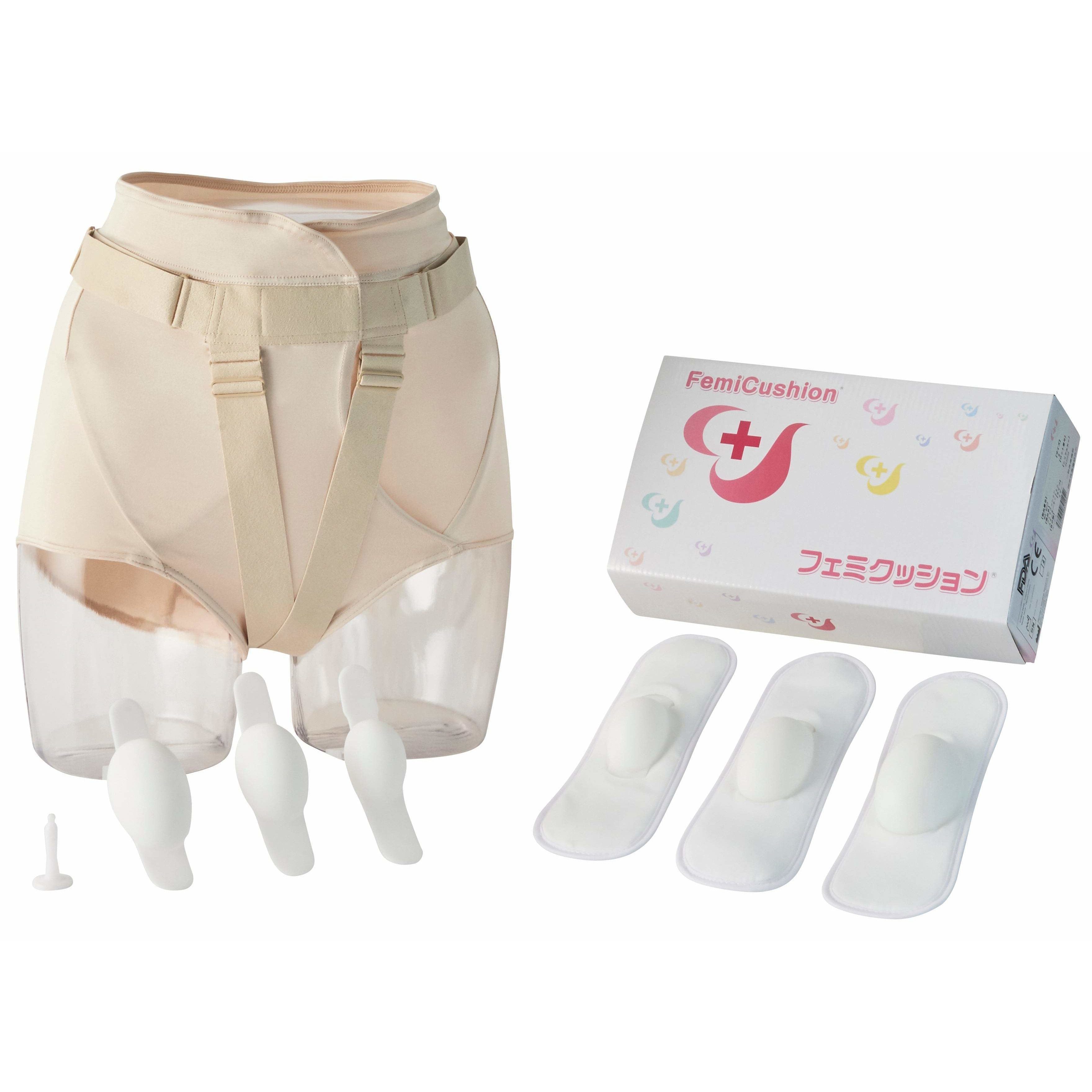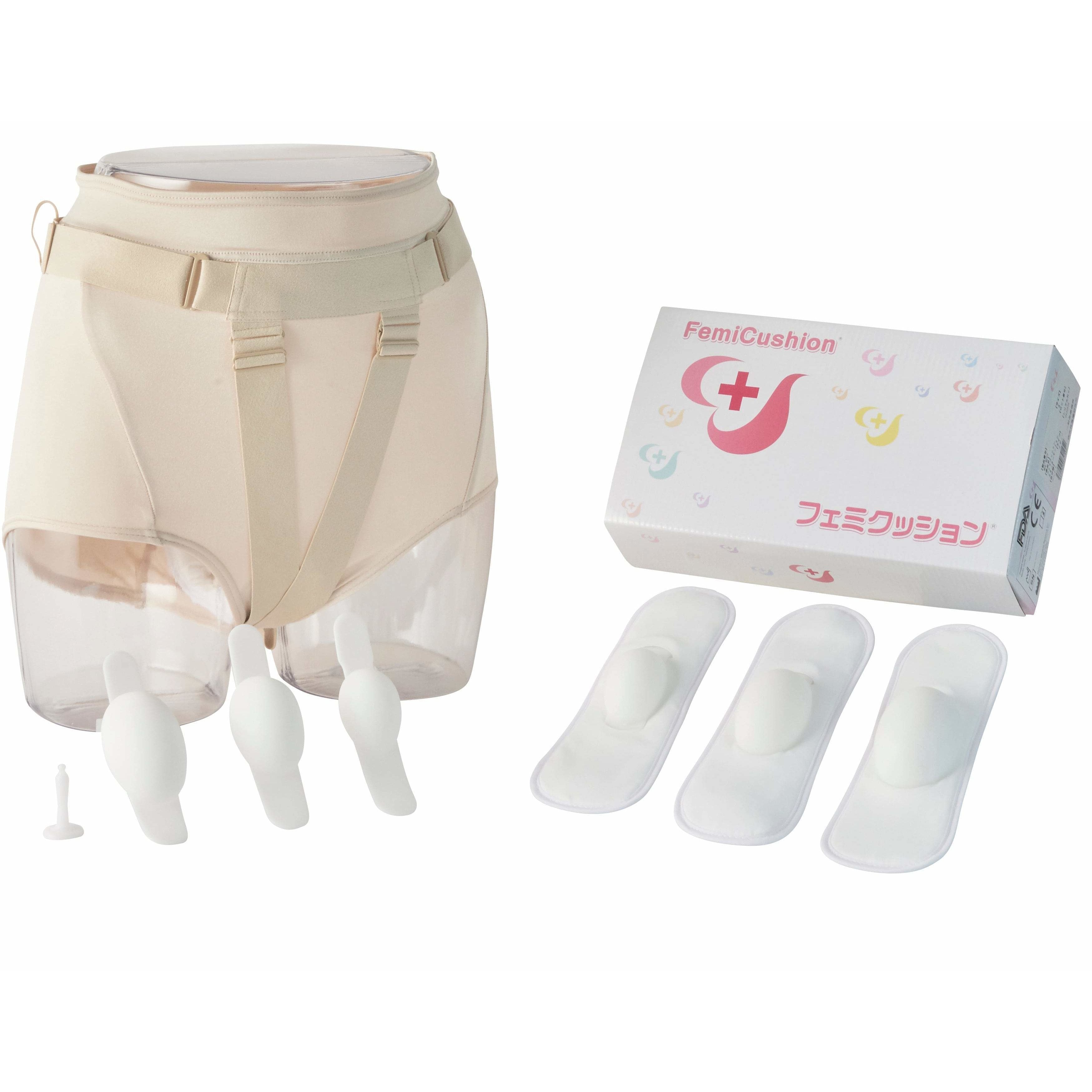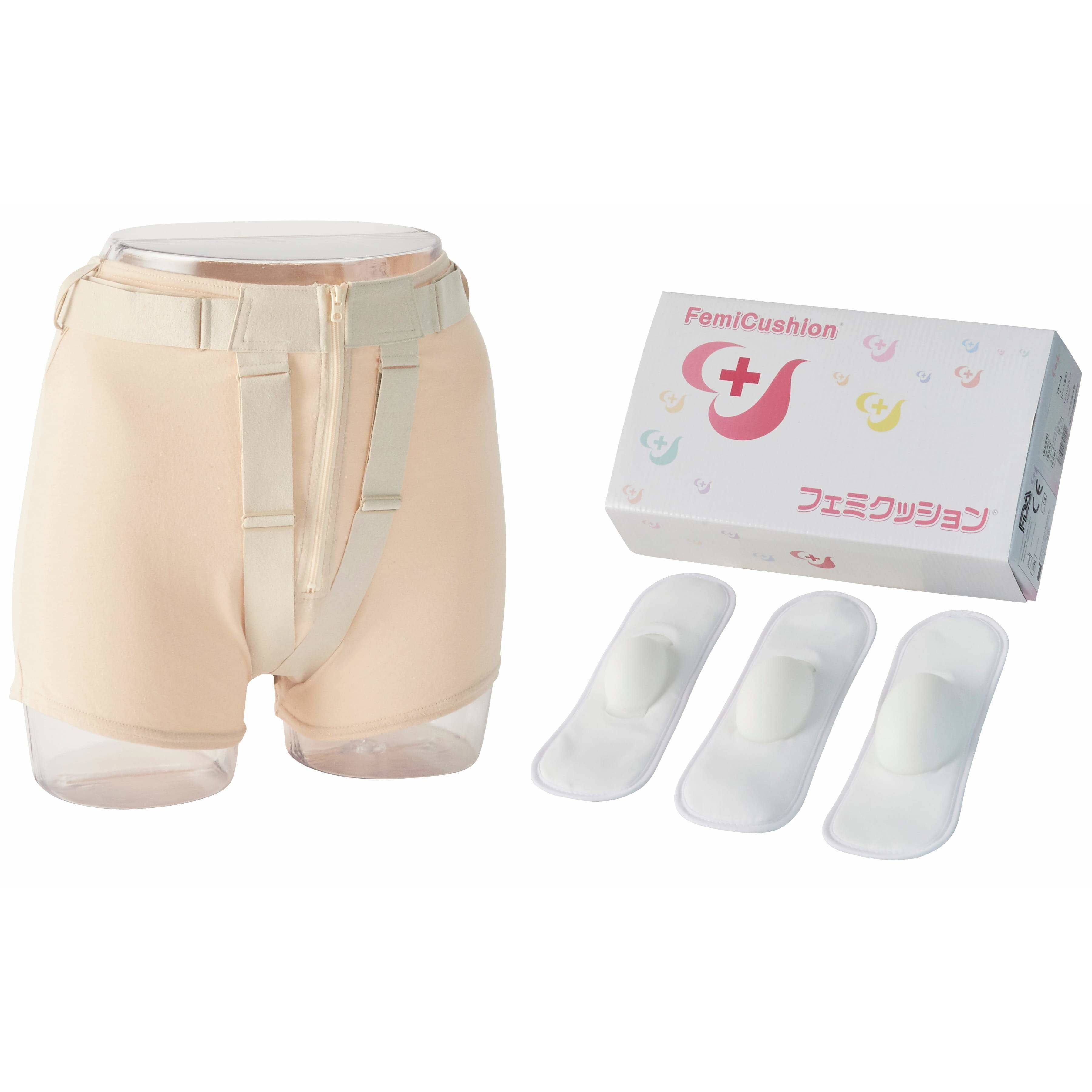Cystocele: Everything You Need to Know About This Pelvic Floor Disorder
Summary
Table of Contents

Cystocele, also known as Anterior Vaginal Prolapse or simply prolapsed bladder, occurs when the bladder descends into the vaginal canal due to weakened pelvic floor muscles and ligaments. Potential causes include bodily stresses such as childbirth, aging, hormonal changes, chronic constipation and coughing, and heavy lifting. The condition is typically characterized by pressure in the lower abdomen, tissues bulging out of the vagina, urinary incontinence, and pain and discomfort during sex.
Cystocele, or other types of pelvic organ prolapse, are often asymptomatic and only come into notice after a routine pelvic exam or ultrasonography. However, delayed detection can lead to several complications. Thus, it is important to seek immediate medical attention if you experience any symptoms of cystocele to enhance treatment outcomes and improve quality of life. This article will discuss everything you need to know about this pelvic floor disorder.
Diagnosis
To diagnose cystocele, your healthcare professional will employ a combination of physical examination, medical history assessment, and diagnostic tests.
Physical examination and medical history: Your healthcare provider will take your detailed medical history to have a clear picture of your previous health issues and current health condition. Your doctor will also perform a physical examination to assess the position of the bladder and the degree of prolapse. Doctor may ask about symptoms to assess the potential factors that might contribute to the condition during the procedure.
Diagnostic tests and imaging techniques: Your healthcare provider may also order some diagnostic tests such as Voiding Cystourethrogram (VCUG), Cystoscopy, Urodynamic Testing, and imaging tests such as MRI and Ultrasonography to assess the severity of the condition,
Grades of cystocele severity: According to the diagnostic and imaging tests, your doctor will assess the severity of the condition and grade it according to the degree of bladder descent.
- Grade 1: Mild cystocele where the bladder descends slightly into the vagina.
- Grade 2: Moderate cystocele where the bladder descends near the opening of the vagina.
- Grade 3: Severe cystocele where the bladder bulges out of the vaginal opening.
- Grade 4: The bladder fully bulges out of the vaginal opening.
Treatment
Cystocele, or bladder prolapse, can be managed through various non-surgical and surgical options, depending on the severity of the condition.
Non-surgical options
- Pelvic floor exercises: Also known as Kegels, these exercises involve contracting and relaxing the pelvic floor muscles intermittently to strengthen the pelvic floor muscles and improve bladder function.
- Pessary use: A pessary is a prosthetic device that is inserted into the vagina to provide the necessary support to the prolapsed bladder and relieve the associated symptoms.
- Lifestyle changes: Modifying certain lifestyle habits such as healthy weight management, avoiding heavy lifting, and maintaining good bowel habits to prevent constipation and reduce strain on the pelvic floor can help manage cystocele symptoms.
- External supports and braces: In some cases, doctors also advise external supports or braces, such as FemiCushion, to provide additional support to the vaginal walls and relieve symptoms of cystocele.
Surgical options
- Anterior repair surgery: involves repairing and tightening the vaginal walls to provide the necessary support to the prolapsed bladder and other pelvic organs.
- Paravaginal Repair: This surgical technique focuses on repairing the lateral supports of the bladder. Incisions are made in the vaginal wall and the bladder is attached to the adjacent pelvic structures for support and to prevent future prolapse.
- Robotic-Assisted Surgery: This is a minimally invasive approach in which the surgeon uses robotic arms to perform precise movements, smaller incisions, reduce blood loss, and shorter recovery times.
- Laparoscopic Surgery: Another minimal invasive technique that uses tube like instruments with a light source and camera allowing the surgeon to access inside of the body without making a large incision.
Post-treatment care and follow-up
After the surgery, you might be kept under observation to monitor the recovery process. Post-operative care and follow-up are important for optimal recovery. This may include managing pain, following activity restrictions, and attending scheduled check-ups to monitor healing and address any concerns or complications.
Prevention
- Lifestyle modifications: Maintaining a healthy weight, avoiding heavy lifting and strenuous activities, and managing chronic constipation can help prevent cystocele. Doctors also recommend eating a high-fiber diet and drinking ample amounts of water.
- Strengthening pelvic floor muscles: Strengthening the pelvic floor muscles by practicing Kegel exercises and pelvic floor physical therapy can help strengthen the pelvic floor muscles and reduce the risk of vaginal wall prolapse.
- Regular check-ups and screenings: The progression of pelvic organ prolapse often goes undetected, which may give rise to complications in the later stages. Thus, routine gynecological visits to monitor pelvic health and early detection of any potential issues are essential. Regular pelvic floor assessment by a healthcare professional can help identify any pelvic floor dysfunction and initiate immediate treatment.
FemiCushion and Results from Clinical Studies
FemiCushion is a non-surgical solution for uterine, bladder, rectocele, and enterocele prolapse. It consists of three components: a soft silicone cushion for direct support, a holder to secure the cushion and manage leakage, and a supporter that positions the device optimally with adjustable belts for enhanced prolapse support. Easy to put on and remove without assistance, FemiCushion effectively prevents organs from protruding and provides comfortable support. This external support device is perfect for patients who are unable or uncomfortable with pessary use or surgery.
The Journal of Obstetrics and Gynecology Research
A study conducted by Showa University Northern Yokohama Hospital and published in The Journal of Obstetrics and Gynecology Research utilized magnetic resonance imaging (MRI) to assess the anatomical changes of pelvic organs with the use of FemiCushion. The research involved twelve participants, aged between 56 and 84, with severe stages 3 or 4 of pelvic organ prolapse (POP). The study revealed that FemiCushion effectively repositioned the organs affected by POP. Key findings indicate that FemiCushion usage can yield comparable results to a pessary but without the associated risks such as vaginal erosion and bleeding. Additionally, FemiCushion not only directly lifts prolapsed organs but also provides support to the perineal body in an upward direction, effectively closing the hiatuses. Notably, patients with severe POP demonstrated a significant reduction in prolapse following FemiCushion application, and even a month of use showed potential improvement in POP.
The Pelviperineology Journal
The Urology Department at the University of Campinas in São Paulo, Brazil, conducted an independent study on FemiCushion, the findings of which were published in the Pelviperineology journal. The study focused on women aged 60 to 79 who used the prolapse support device consistently for three months. According to the excerpt from the study, FemiCushion demonstrated effective results with a lower risk of complications compared to pessaries. Notably, the device's external placement and daily removal for hygiene purposes contribute to reducing the risks of infections and negligence. The study highlighted significant improvements in symptoms, including pain or discomfort in the lower abdomen, the sensation of a lump or bulge in the pelvic area, and the visual presence of a lump or bulge outside the vagina. Overall, the research concluded that FemiCushion is a viable and effective option for enhancing the quality of life and managing symptoms associated with pelvic organ prolapse.
The Sexual Medicine Society of North America (SMSNA)
During the 18th Annual Fall Scientific Meeting in October 2017, the Sexual Medicine Society of North America presented findings from an independent study that explored a method of dermal tissue transplantation for treating pelvic organ prolapse. The study incorporated the use of FemiCushion post-surgery to aid in recovery and enhance the overall quality of life for patients. The excerpt from the study highlighted a case where a patient, discharged on the fifth day after surgery, utilized an external pessary (FemiCushion) for a period of two months postoperatively. This external pessary was noted to support the pelvic floor muscles, potentially serving as a preoperative option after the removal of a vaginal pessary. The study suggested that incorporating an external pessary like FemiCushion could contribute to improvements in patient quality of life both before and after surgery, with potential applications in cases involving sexual dysfunction associated with the use of a vaginal pessary.
Conclusion
Cystocele can severely affect one’s quality of life if not treated timely. Thus, raising awareness about cystocele is crucial to facilitate early detection and prompt treatment.
We hope this article will help you understand the cause, recognize the symptoms, and know the available preventive measures and treatment methods for cystocele. If you are experiencing any symptoms of cystocele or uterine prolapse, we recommend seeking immediate medical attention and treatment to prevent risk of complication and improve recovery.
Supervising Doctor of This Article

Koichi Nagao, MD PhD
Professor, Department of Urology, Toho University Faculty of Medicine
Director of Urinary tract reconstruction center, Toho University Omori Medical Center
Director of Reproduction Center, Toho University Omori Medical Center
Professor Nagao specializes in plastic surgery in the field of reproductive medicine. He completed eight years of plastic surgery training at Showa University before majoring in urology at Toho University. With his meticulous surgical techniques and careful examinations that combines urology and plastic surgery, Professor Nagao became a Board Certified Specialist with multiple associations including the Japanese Urological Association, the Japan Society for Reproductive Medicine, and the Japanese Society for Sexual Medicine.
The suggested Products

FemiCushion EasyOpen Deluxe Kit
$299.99

FemiCushion Standard Deluxe Kit
$299.99

FemiCushion Lite Kit
$249.99
